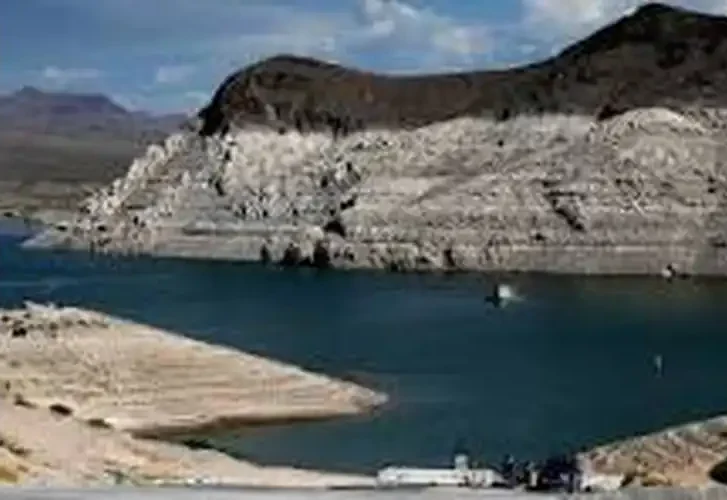The ongoing water shortage in the Colorado River Basin has led to a projected 7% cut in Nevada’s water share, marking the fifth consecutive year of reductions. This situation is part of a broader issue affecting 40 million people across seven states dependent on the river. The U.S. Bureau of Reclamation anticipates Lake Mead, a critical water source for Southern Nevada, will reach record low levels by June 2027.
This crisis highlights the urgent need for sustainable water management strategies. David Palumbo from the Bureau of Reclamation emphasizes the importance of developing robust guidelines to combat drought and poor runoff conditions. Celene Hawkins from The Nature Conservancy notes that the situation calls for collaboration among states.
Southern Nevada has been proactive, recycling nearly all indoor water and implementing measures to reduce outdoor water use. These include penalties for excessive use, incentives for removing nonfunctional grass, and other conservation strategies. The Southern Nevada Water Authority reports a reduction in consumptive water use, attributing it to these efforts and the broader impact of climate change.
Negotiations among the seven states are tense, with current guidelines expiring in 2026. There is talk of a potential split between the Lower Basin states (Nevada, California, Arizona) and Upper Basin states (Colorado, New Mexico, Utah, Wyoming). However, details remain unclear.
Interior Secretary Doug Burgum has stressed the need for a consensus, with deadlines set for preliminary and final agreements. The urgency is echoed by officials, stressing the necessity for cooperation among states to ensure fair water distribution and necessary cuts. The history of collaboration within the Colorado River Basin is crucial as states navigate these challenges.

























